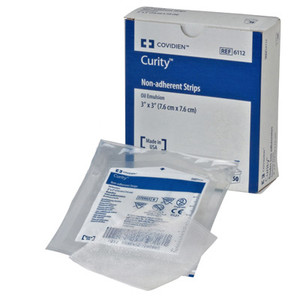

Colloids Surf B: Biointerfaces 76:192–198Ĭhassaing B et al (2015) Dietary emulsifiers impact the mouse gut microbiota promoting colitis and metabolic syndrome. Colloids Surf B: Biointerfaces 76:186–191īuxmann W et al (2010b) Phospholipase D-part 2. US Patent US5672699Aīuxmann W et al (2010a) Phospholipase D-part 1. Acta Period Technol (APTEFF) 46:1–18īillmers R, Mackewicz V (1995) Process for preparation of hydrophobic starch derivatives. J Agric Food Sci 51:2283–2287īarać MB et al (2015) Techno-functional properties of pea (Pisum sativum) protein isolates-a review. Springer, New Yorkīao J et al (2003) Physical properties of octenyl succinic anhydride modified rice, wheat and potato starches. In: Hasenhuettl GL, Hartel RW (eds) Food emulsifiers and their applications. Food Hydrocolloids 14:327–335īergenstahl B (2019) Physicochemical aspects of an emulsifier functionality, Chapter 6. J Agric Food Sci 93:2871–2880Īnton M et al (2000) Adsorption at the oil–water interface and emulsifying properties of native granules from egg yolk: effect of aggregated state. Springer, Berlin, pp 13–16Īnton M (2013) Egg yolk: structures, functionalities and processes. In: Huopalahti R, López-Fandiño R, Anton M, Schade R (eds) Bioactive egg compound. Īnton M (2007) High-density lipoproteins (HDL) or lipovitellin fraction. KeywordsĪndres-Brull M (2016) The quest for natural emulsifiers, Leatherhead Food Research White Paper, pp 1–5. Some of these alternatives include polysorbate 60, a variety of plant sourced proteins as well as hydrophobically modified starch. Although egg yolks have proven to be robust emulsifiers for the dressing category, there are consumer segments that prefer egg alternatives to address allergic, vegan or other dietary needs. The use of food-grade synthetic emulsifiers have since peaked and given way to naturally occurring sources such as egg and plant protein systems due to consumer preferences for less “chemical” sounding names on product labels. Prevention of phase separation is accomplished by decreasing droplet size, increasing aqueous phase viscosity, and packing oil droplets in close proximity by using high phase volumes of oil where appropriate. This effort involved developments in processing technology as well as the inclusion of additives such as emulsifiers and preservation agents to extend shelf life in terms of product safety (microbiological growth and spoilage) and stability (phase separation). To address subsequent consumer demand for already prepared sauces and dressings, the processed food industry responded with longer shelf-life products. Non-occlusive, primary dressing used for low exuding wounds at stages 2, 3, or 4.By the early twentieth century dressings and sauces were prepared by home cooks, chefs and local food suppliers for immediate use.
#Oil emulsion dressing 8x10 skin
Allow exudate to flow away from the wound, minimizing the risk of skin maceration.Knitted gauze dressings, evenly impregnated with an emulsion blend of petrolatum and sunflower oil.Best used beneath an absorbent secondary dressing for wound stages 2, 3 and 4.

Oil Emulsion dressings are non-occlusive primary dressings best suited for low-exuding wounds including donor sites, lacerations, skin grafts and abrasions.

Additionally, exude flows away from the wound, without adhering to granulated tissue, minimizing the risk of skin maceration. Emulsion blended dressings assist with providing a hydrated wound bed to promote effective healing without unnecessary discomfort. These conformable, non-occlusive dressings allow exudate to flow away from the wound into a secondary dressing, minimizing skin maceration.ĭynarex’s Oil Emulsion Dressings are sterile gauze dressings, evenly impregnated with an emulsion blend of petrolatum and sunflower oil. A non-adherent knitted gauze impregnated with a petrolatum and sunflower oil in an emulsion blend.


 0 kommentar(er)
0 kommentar(er)
